
In the summer of 2019, we visited Naho Miyoshi (26 years old, Value Chain Business Development Div.) during a training session at the Aoi Gym in Nagoya City. The gym is the home base of Toyota Motor Corporation's women's basketball team―the Antelopes―of which she is a member. On the wall of the gym, lit by bright sunshine from outside, is a picture of the team mascot "Antenowa."In the first year of her working life, Naho was given the court name "Sun"in the hope that she would rise like a sun shining out over the team. Naho also hopes that she can live up to the name, and her cheerful and direct personality certainly shone through in the interview.

※The article has been published in Toyota Global Newsroom on January 7, 2020.
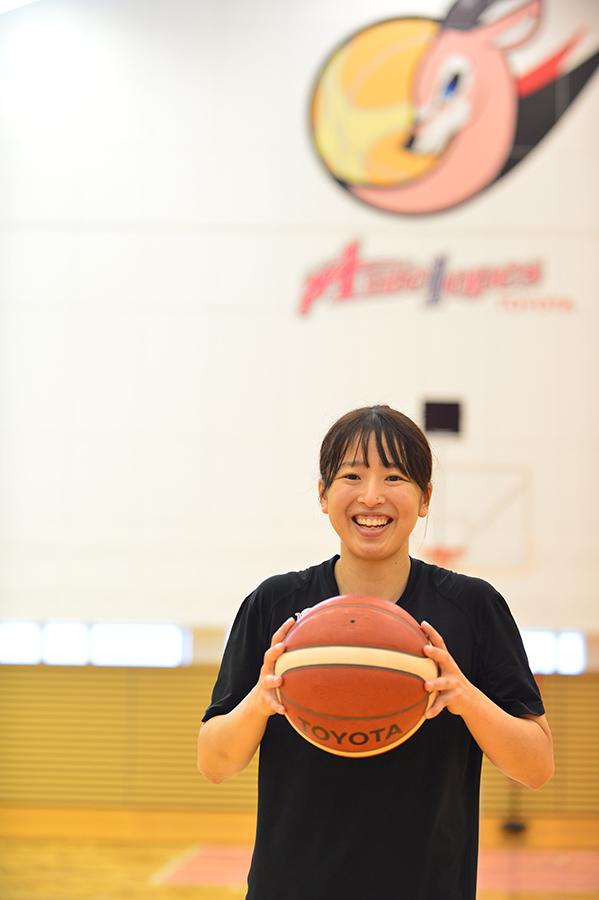
In early summer this year, we visited Naho Miyoshi (26 years old, Value Chain Business Development Div.) during a training session at the Aoi Gym in Nagoya City. The gym is the home base of Toyota Motor Corporation’s women’s basketball team—the Antelopes—of which she is a member. On the wall of the gym, lit by bright sunshine from outside, is a picture of the team mascot ”Antenowa.” In the first year of her working life, Naho was given the court name ”Sun” in the hope that she would rise like a sun shining out over the team. Naho also hopes that she can live up to the name, and her cheerful and direct personality certainly shone through in the interview.
The Antelopes, who belong to the Japanese women’s basketball league—known for short as the W League—were winners of the national championship for the first time in 2013 and reached third place in the last W League season (2018–2019). Naho, who has been a member of the team since 2016, occupies the position of point guard, acting as the team’s control center. Since 2017, she has also been the team captain.
How it all started—a way of dieting recommended by her parents
Naho is a top-flight player who was first selected for the national team while still at high school. As well as playing for the company team, she competed at the Olympic Games Rio 2016, where her trademark three-point shot contributed to the historic victory against the higher-ranked French team, taking Japan forward to the quarter finals. Naturally, her aim is to make the national team selection for the upcoming Olympic Games Tokyo 2020.
Naho began her basketball journey as an elementary school second grader in Ichikawa City, Chiba Prefecture. When we asked how it all started, the answer came as a surprise.
”Because I was overweight, when we played tag, I could never catch anyone. My parents were worried because I used to end up in tears, and so they put me on a basketball team to make sure I got more exercise.” The fact that her elder sister already played basketball for a different team was also an influencing factor.
Naho’s first year was spent on exhaustive dribbling practice without once setting foot on the court and she says she felt like quitting every day. “When he saw me wanting to give up basketball, my father encouraged me every day by telling me to stick at it for one more day. After I reached third grade, I gradually got to play in matches and began to like basketball more and more.”
”And the more I played the more my weight went down,” she laughs. It’s a charming story to tell now, but stoically resisting the urge to quit the game and experiencing the joy of improving step by step after starting from the basics seem to have been important phases in making Naho the player she is today.
Watching the game from the injury bench
It was when she was an elementary school sixth grader and had become passionate about basketball that she began to dream of a future in basketball. When it was time to enter senior high school, she decided to make the break from Chiba Prefecture and enter Ohkagakuen High School in Aichi Prefecture, which is renowned for its strong basketball tradition. Naho had thus decided to pursue a future in basketball, but she was soon to face a great and unexpected setback.
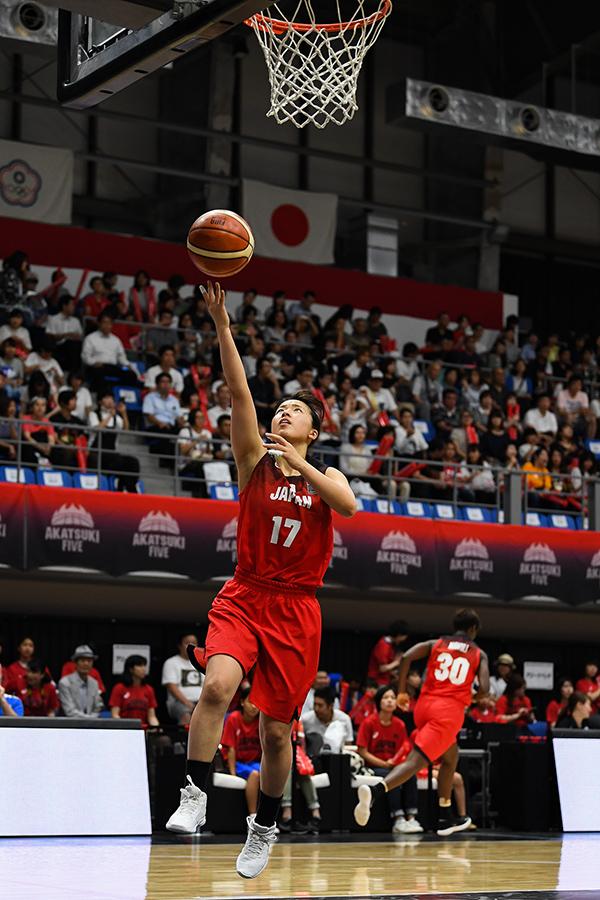
During a practice session she attended at her new high school prior to official enrollment, she suffered a major injury to the anterior cruciate ligament. This is a type of knee injury often seen in basketball and soccer players and other athletes. The damage to the ligament makes it difficult to support the knee.
Naho was unable to play for a whole year due to the injury. It was the first major disruption in Naho’s sporting career, and the psychological damage, coming at a time when she was about to embark on her high-school sporting career, was immense. In that situation, another player might easily have lost their love of basketball and quit the game, but Naho was different.
During the year when she couldn’t play, instead of taking time off, Naho continued to watch all the team’s training sessions and matches from the sidelines.
“Naturally, it was a shock to me not to be able to play anymore, but in that year I was able to get an overall view of the team’s movements, and that gave me the chance to study the game of basketball from an objective standpoint. I tried to think positively about my options. Later on, that time proved to have been very enriching for me.”
People around her rate Naho’s strong points as being mental resilience and speedy adjustment. When she looks back now, Naho believes this strength and flexibility arise from her experience at that time.
For myself and for the team
There have been two episodes where adjusting her thinking opened the way forward. Naho transferred to the Antelopes two years ago, before which she was with another W League team. At the time, it was unprecedented for the team’s key player to transfer to another team. In the face of loud appeals for her to stay, Naho wavered and was very torn.
“I felt strongly that I wanted a challenge in a new environment and wanted to test myself. I also thought it was better to regret having done something than not having done something. I decided to take the plunge rather than continue to agonize about it.” And so Naho followed her instincts.
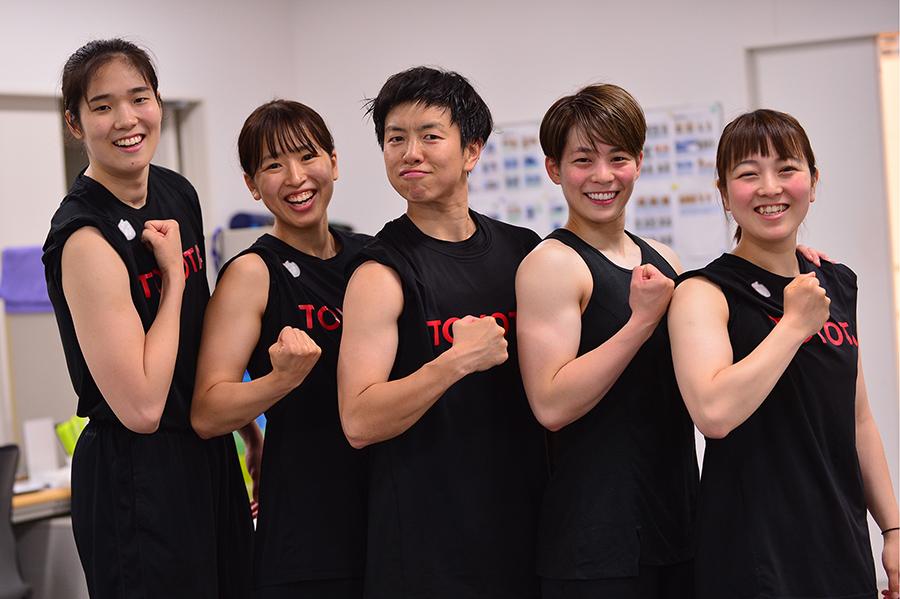
In the second season after the transfer, she was chosen to take over the captaincy from a player who had earned a reputation as a League legend. Succeeding such a great captain put a lot of pressure on Naho, who was just 23. At first, she hesitated, wondering whether she would be able to carry the team with her, but she accepted this role of responsibility by resolving that she herself would change.
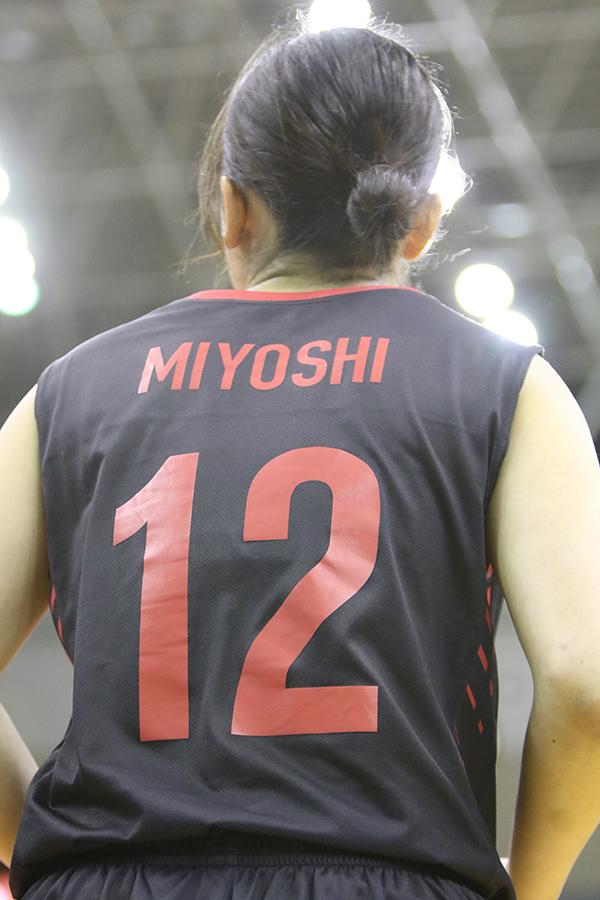
“My approach was to communicate with the whole team as much as possible. When the team is losing, you don’t express any negativity, you just concentrate on moving forward with a positive frame of mind, because if you start with the right mental attitude, I think your game will follow. After all, the rest of the team is looking to the captain and if the captain loses spirit, that has a negative effect on the whole team. You have to always think of the team and put the team before yourself” explains Naho, who says it was after she became captain that she started to think like this.
Naho breaks into a smile now and again as she talks, but behind it there must certainly have been a good deal of anguish and struggle. Naho has continued to grow as the Antelopes’ captain, but faces a continuing challenge to win a place on the Japan national team.
Aiming for a place on the Japan national team
Naho had been out of the national team selection since Rio 2016, but following her June 2017 move to her current team, the Antelopes, she was once again selected as a candidate for the national team for the FIBA Women’s Basketball World Cup 2018. As she continued to play as a candidate, the impressive development shown by other players led to intense competition for positions. Naho says that the resulting pressure put her off her game.
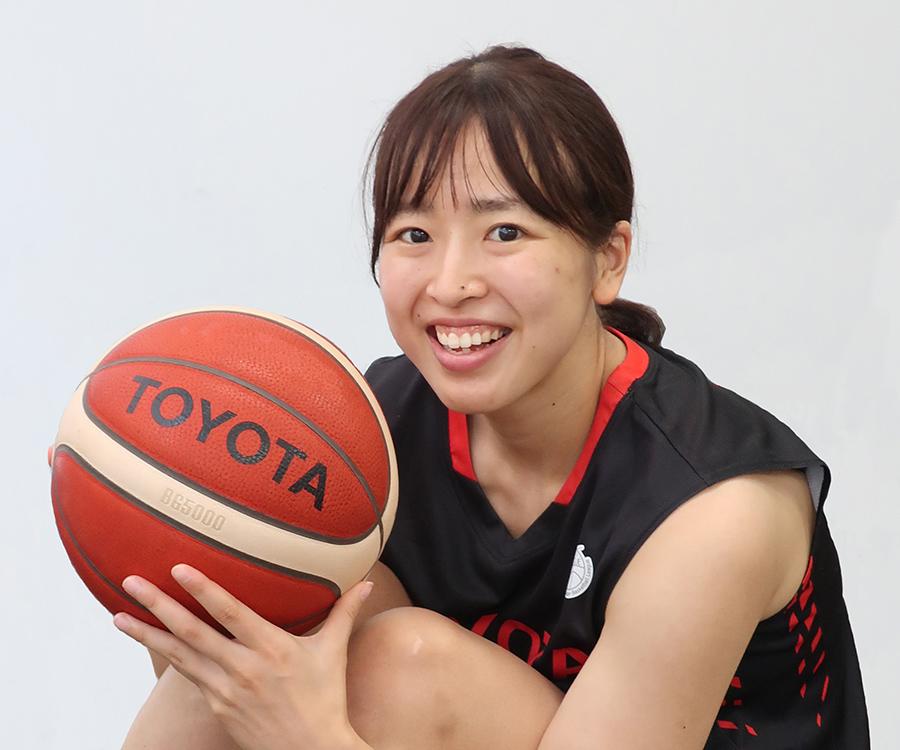
She put the question to herself: what did she want to gain from being selected? “My special skill is the three-point shot, while the three other players competing for the position had special skills in driving to the basket and assisting. I changed my approach and tried to evolve my game by absorbing the special skills of the other players, and by doing that I was able to gradually improve my form.”
In the end, she didn’t make the final selection, and her aim of playing in the FIBA Women’s Basketball World Cup 2018 was not fulfilled. “I followed through with my approach, but I still didn’t make the national team. It’s frustrating, but I’ve accepted it and put it behind me,” says Naho in reflection. In the world of sport like elsewhere, effort isn’t necessarily rewarded. Even if you work your hardest to make up your deficiencies, you may end up being disappointed. Last season, Naho learned that tough lesson the hard way.
The next challenge is to be selected for the national team for the Olympic Games Tokyo 2020.
A message to professional players of the future
Using the gaps in her busy schedule, Naho gives basketball coaching classes to children. She herself discovered fulfilment in basketball through an unexpected route, and so she works to spread the joys of basketball to others.
She explains this attitude: “I want to raise the profile of women’s basketball further. I want children to dream that they too can make it as a professional by putting in the effort, just like it happened for me.”
When asked about her future dreams, she hesitates a little. “Future dreams?” she repeats, then answers: “My dream at the moment is to play at Tokyo 2020. After that, to be honest I’m not yet sure what my role in basketball will be.”
Since the interview, Naho has taken part in the 2019 team-building camp for the women’s national basketball team and has competed in the FIBA 3x3 Women’s Series as a member of the Japan women’s three-a-side team. But that doesn’t mean she is on the shortlist for the Olympic team, and the fight for a place on the national roster continues.
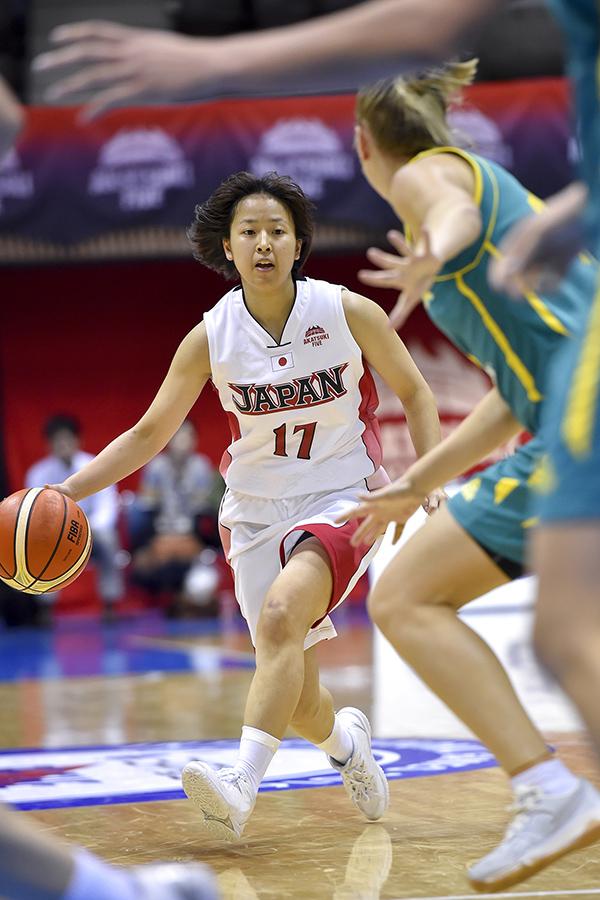
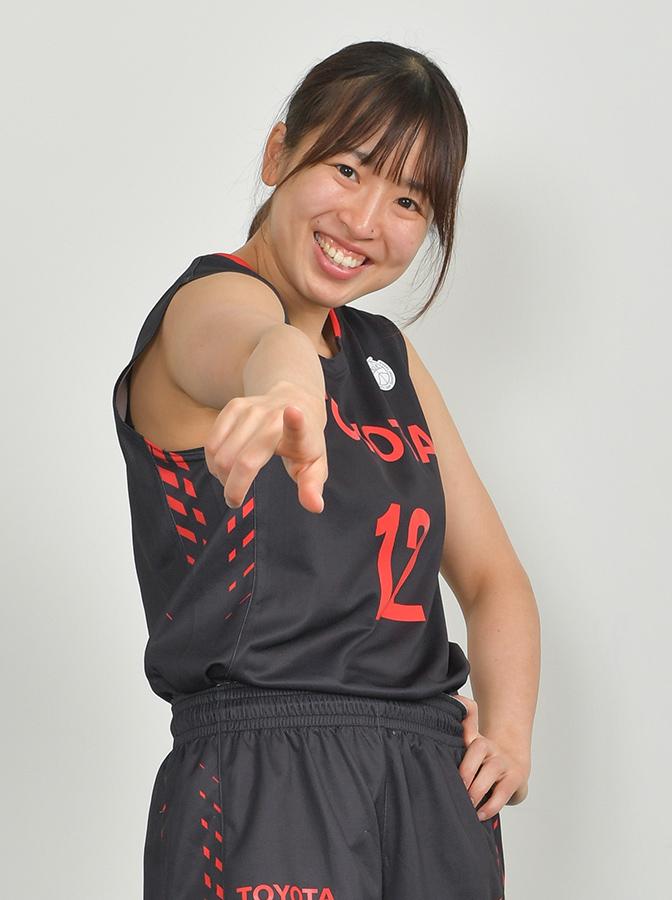
Looking toward a second career, Naho sees basketball as one experience along the way. After retirement, she says that she may follow a completely different path. However, she is also clear that the mental training and other skills that basketball has armed her with will definitely stand her in good stead in the future.
“I feel grateful to the people around me who have helped me and to the game of basketball itself that has given me these opportunities. It would be great if I could repay that feeling by passing it on in a tangible way to the next generation.”
With that concluding remark, Naho beams like the Sun.
Editor’s postscript
Naho’s appealing qualities as a player are her bold spirit, willing to “have a go” even in the face of great challenges, and the energy that allows her to follow through on her abilities. While waiting to fulfill her dream of playing at Tokyo 2020, she will no doubt continue her career as a professional, acting as a “control center” that radiates excitement about women’s basketball. Let’s hope that the future produces more heroines inspired by Naho to stand tall and strong just as she does.

